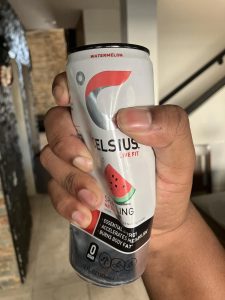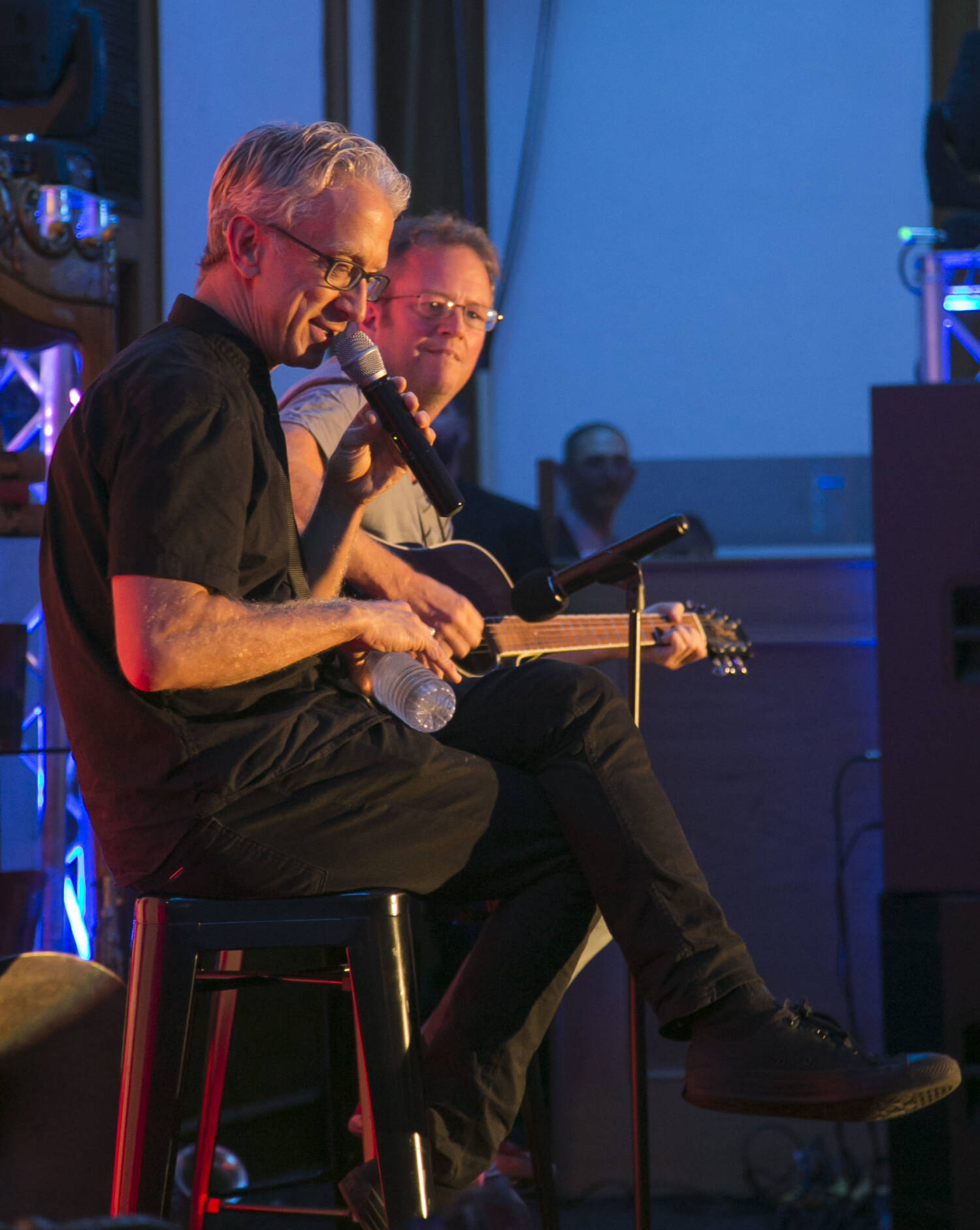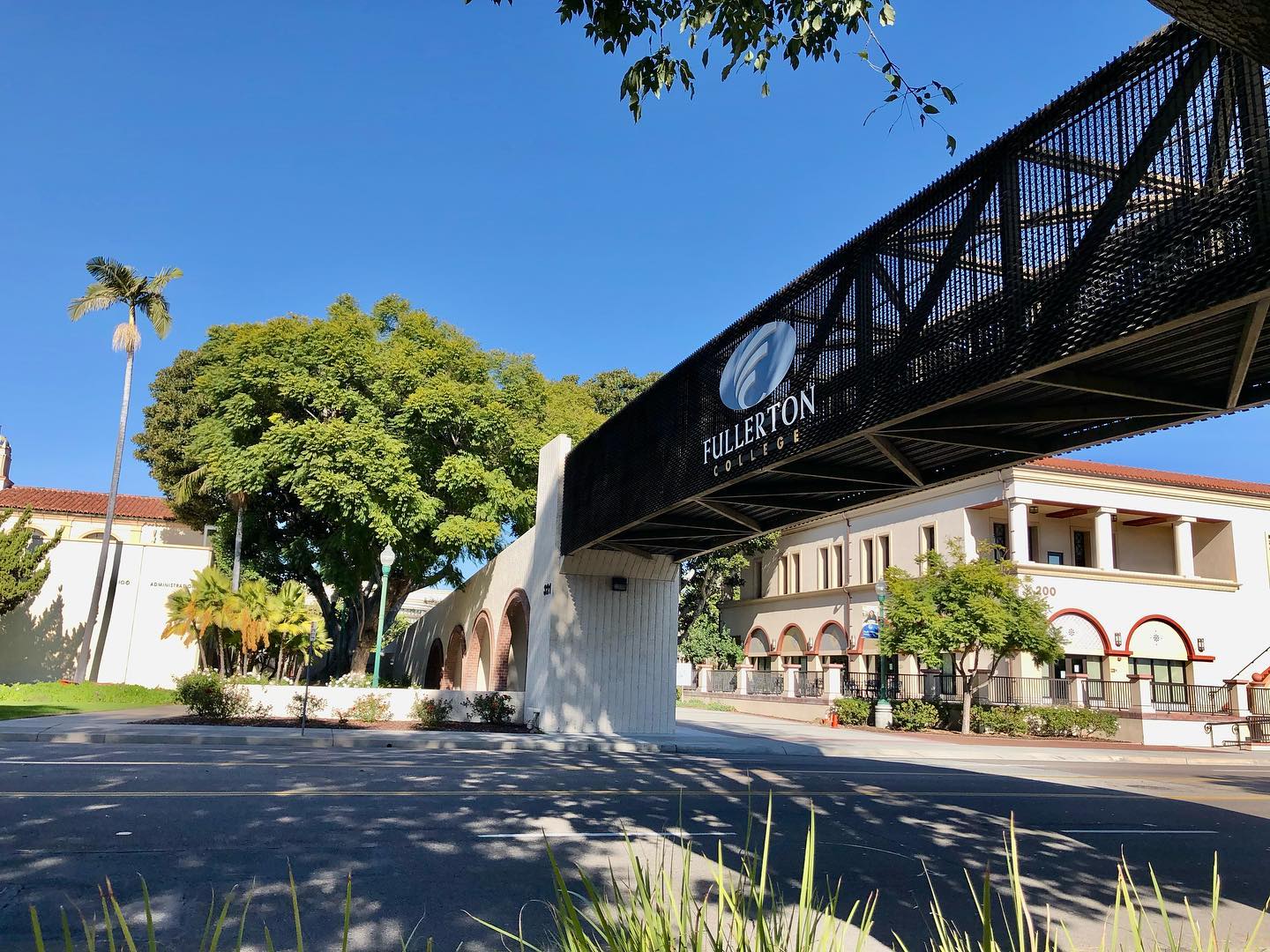The Fullerton College Drone Lab will be partnering with the Shark Lab at Cal State University Long Beach, more specifically with Grad Student Patrick Rex, to assist with his master’s research. He is hoping to work together with the students to help provide what he calls a “shark forecast.”
This collaboration started at the Huntington Beach Air Show when Darnell Gadberry, a tech person from CSULB, talked with FC professor Jay Seidel and stated they wanted to work with the Drone Lab at Fullerton College.
Rex visited the Drone Lab Saturday, Dec. 7 to give a presentation that explained what his research is about and how he is obtaining the data he needs with his drone. The purpose of his research is to find new hot spots sharks are now going to outside of the four they are currently aware of.

The four that are currently known as the hot spots are Santa Barbara to Ventura, Santa Monica Bay, Long Beach to Huntington Beach and Dana Point to San Onofre.
Rex is hoping that students will be able to fly a specific pattern at various spots along the coast during various times during the day to try and find juvenile sharks swimming nearby. A juvenile shark is typically 4 feet to 10 feet in length.
“I’m really excited about this collaboration. It’s amazing that they’re willing to help me in my research on their own time,” stated Rex.
Specifically, he is asking for the metadata from the drones that the students are flying. Such as the GPS location and time of day they were flying so he can look up and examine the conditions of the day as well.
Additionally, the data gathered will also help to show how close juvenile sharks get to humans while they are in the water. For the purposes of his research, any shark that comes within 10 meters (approximately 32 feet) of a person who is swimming, paddling boarding, or surfing would be considered close

Their main objective is to quantify juvenile white shark-human encounter rates and determine how they changed based on location, environmental condition and water activity.
The Shark Lab established in 1966 by Dr. Don Nelson when he joined the faculty of the marine biology program at CSULB. Nelson was committed to learning more about the biology and behaviors of sharks. The current faculty member in charge of the lab is Dr. Christopher Lowe, who took over in 1998 after Nelson had passed away a year prior.
“This is what science is about, reaching out and making collaborations. The coolest thing for me with this project is that I’m a marine biologist, I never thought I’d be flying drones and now I’m learning how to process video and work with drones and collaborate with engineers. Science is really a collaboration sport,” said Rex.
The research for his masters will continue for the next two years, but he is hoping that this project will continue much longer. This project will also be beneficial for students in the Fullerton College Drone lab to get experience flying drones and recording data. This collaboration is set to start on Dec. 13.
“This collaboration opens up a whole new array of opportunities for drone technology and fields of study like marine biology. I’m just looking forward to this collaboration and I know the students are really excited as well,” said Seidel.


















